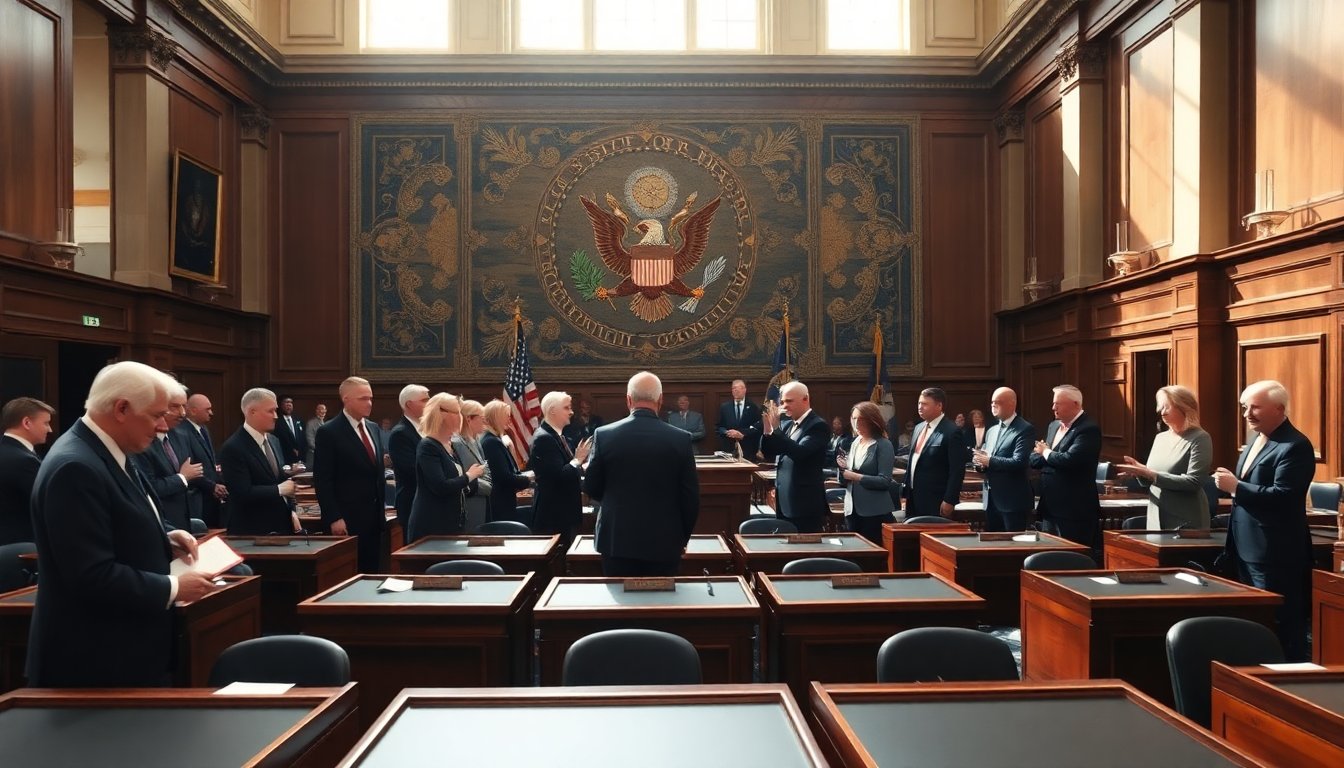Table of Contents
In a significant departure from the turbulent events of past elections, Congress convened to confirm the victory of Donald J. Trump. This decisive moment unfolded during a brief session, notably lacking the fervent drama that had previously accompanied such announcements. Vice President Kamala Harris led the proceedings, marking a substantial difference from prior events.
The contrast between this certification and the events from four years ago could not be more pronounced. While the earlier session was marked by protests and considerable opposition, this gathering was concise and orderly, reflecting a more settled political landscape.
Understanding the certification process
To grasp the significance of this event, it is essential to understand the certification process that occurs in Congress. Following presidential elections, results from each state are compiled and sent to Congress, where they are formally acknowledged. This step is critical as it solidifies the legitimacy of the election outcome.
The role of the Vice President is central to this process. In this instance, Vice President Kamala Harris, fulfilling her constitutional duty, oversaw the session. Her announcement not only confirmed Trump’s victory but also underscored the procedural integrity that the current Congress strives to maintain.
Comparative analysis with previous sessions
In stark contrast to the chaotic certification from the previous election cycle, where the Capitol faced unprecedented unrest, the recent session showcased a different political atmosphere. Four years ago, the announcement of the electoral results was met with protests and a contentious environment, as many lawmakers opposed the outcome.
Today, however, the atmosphere was notably subdued. While some dissenting voices remained, the overall tone of the session reflected a willingness to accept the decision, attributed to a shift in public opinion and the current political climate.
The implications of a smooth transition
The smooth transition of power is a foundational principle of American democracy. The recent certification of Trump’s victory not only reflects procedural aspects but also carries substantial implications for future governance. A peaceful transition enhances public trust in the electoral system and reinforces the notion that democratic principles remain intact.
Moreover, the lack of significant opposition during this session may indicate broader acceptance of the electoral process among lawmakers and constituents alike. As the nation moves forward, the importance of unity and collaboration becomes even more critical, especially in times of division.
Future challenges and considerations
Despite the current atmosphere of acceptance, challenges remain on the horizon. The political landscape is ever-evolving, and the need for effective governance is paramount. Lawmakers will have to navigate various issues, including economic recovery, social justice, and healthcare reforms, while maintaining the trust of their constituents.
Furthermore, the implications of this certification extend beyond immediate political concerns. It serves as a reminder of the importance of civic engagement and the responsibility of citizens to participate in the democratic process. The confidence shown in the electoral system must be nurtured and protected to ensure its longevity.
The contrast between this certification and the events from four years ago could not be more pronounced. While the earlier session was marked by protests and considerable opposition, this gathering was concise and orderly, reflecting a more settled political landscape.0


